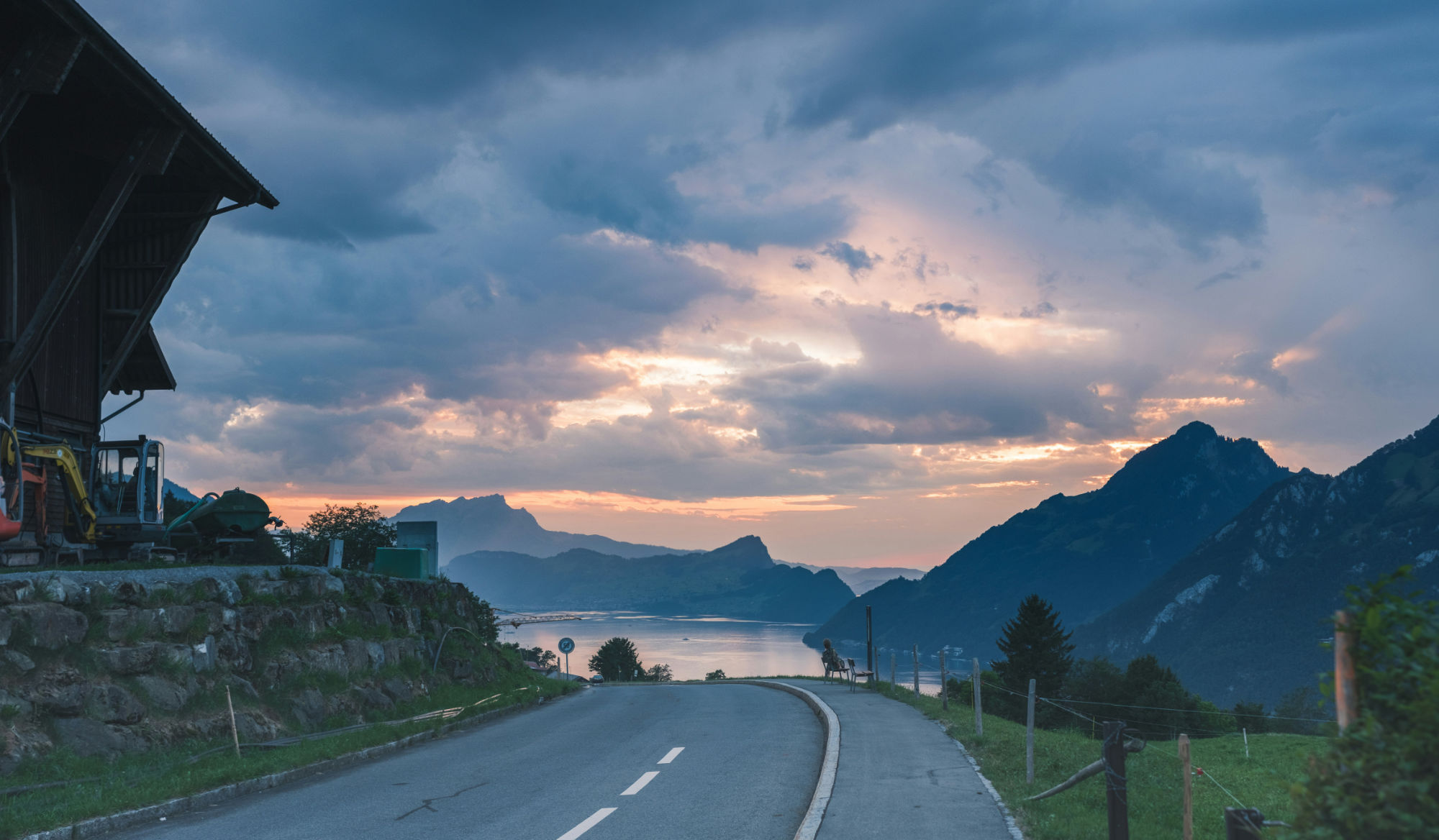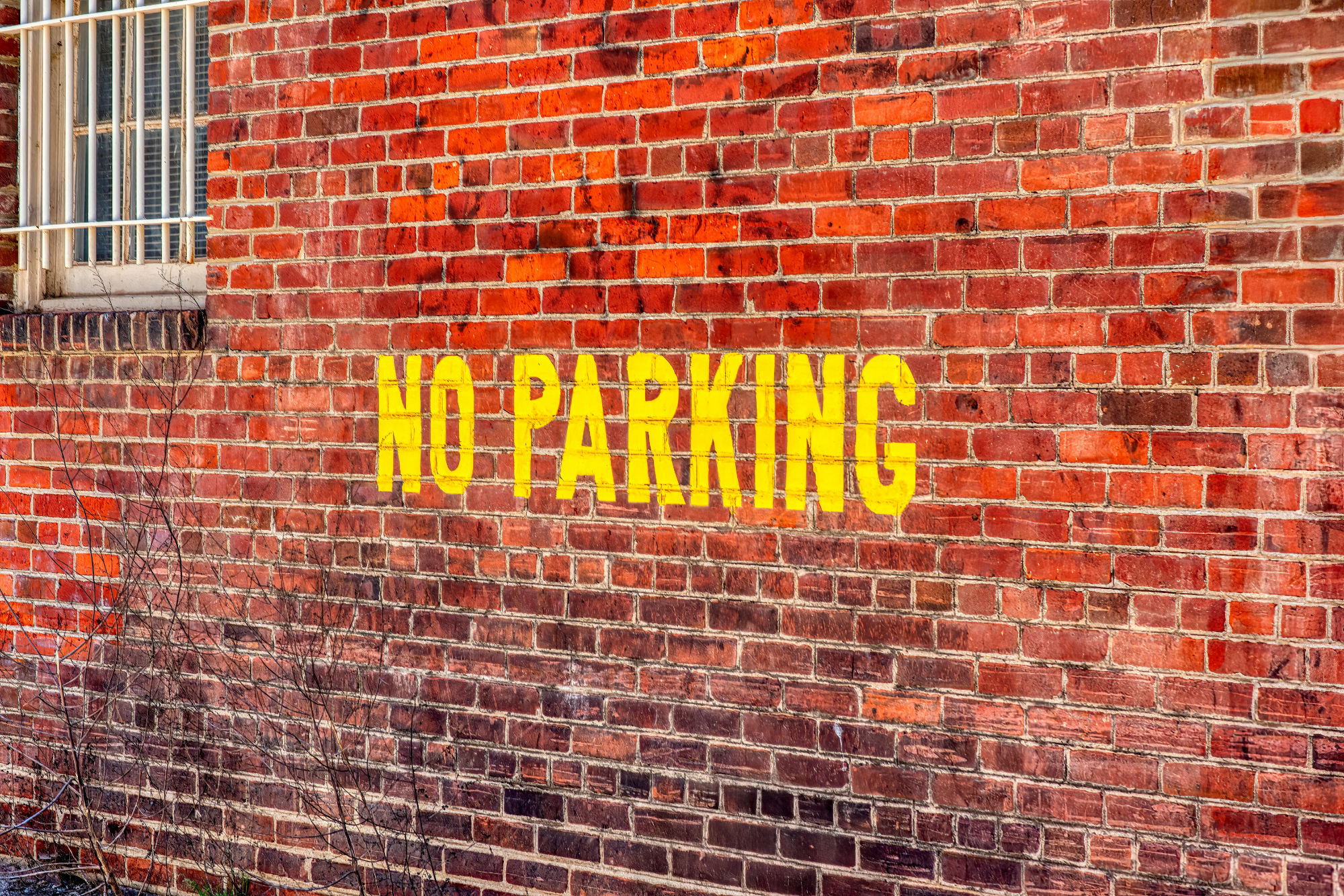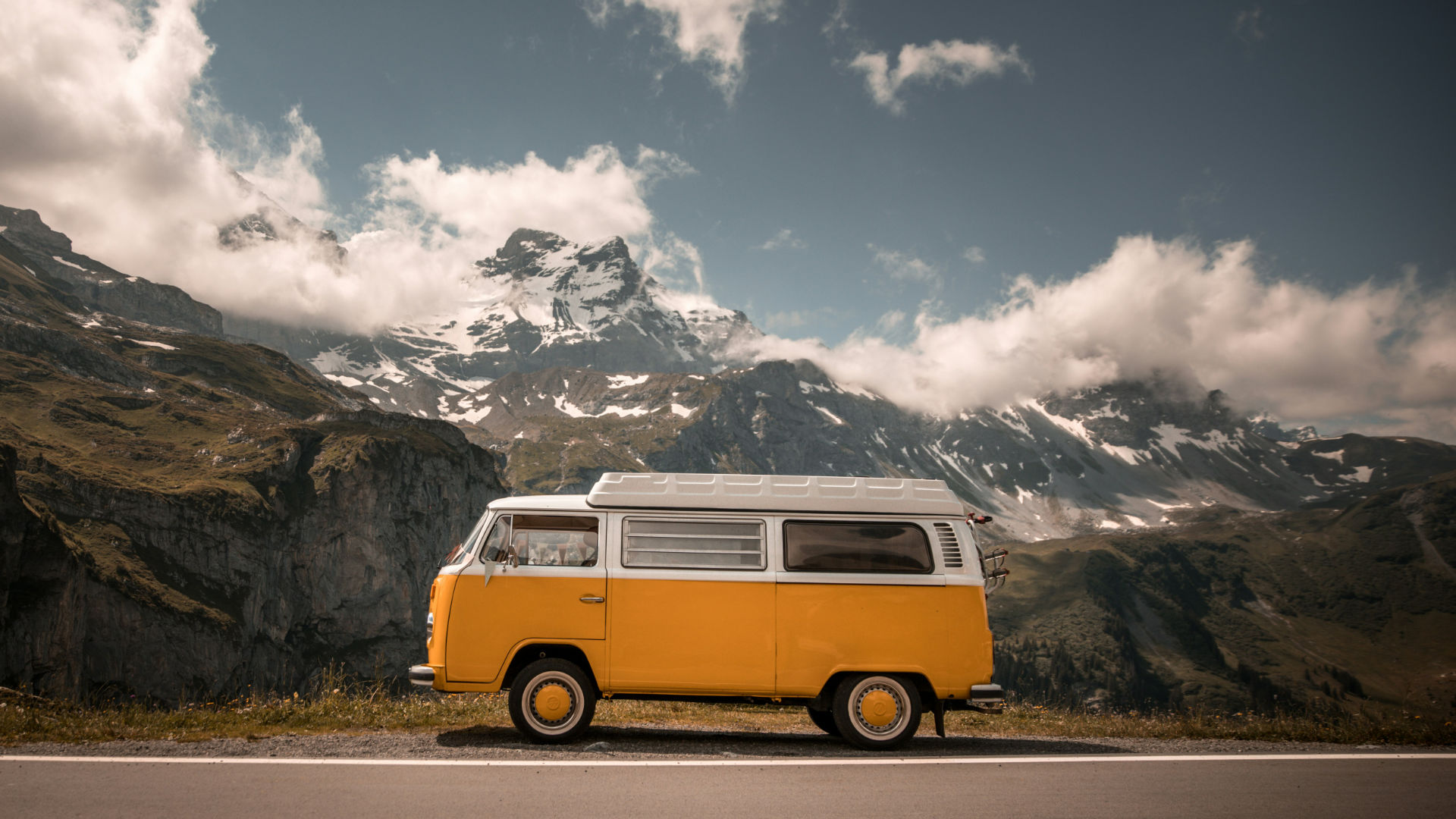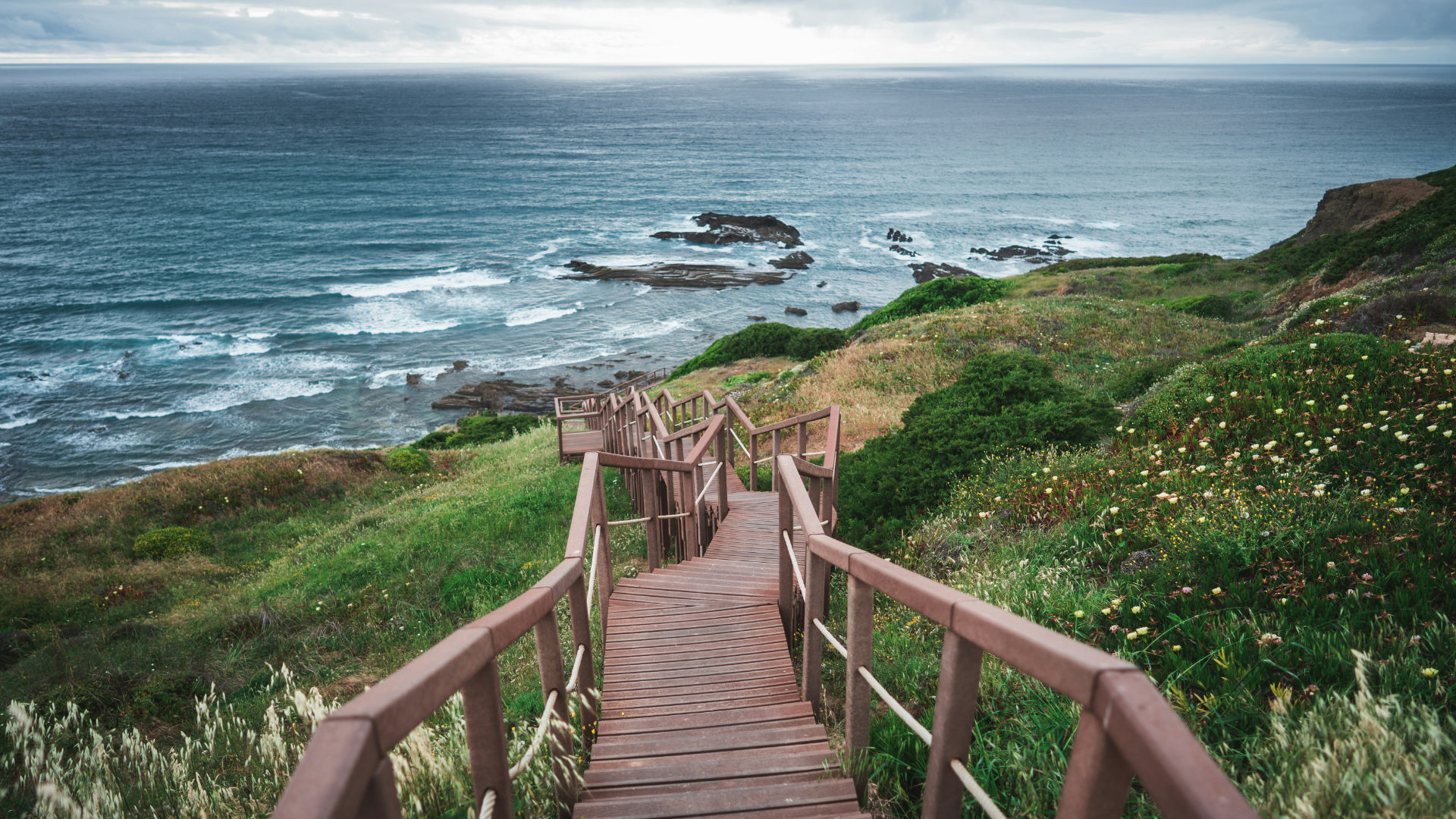What to Pack for a European Road Trip (Must-Have Car Essentials)

Planning a European road trip is pure joy—until you realize you’ve forgotten a warning triangle, your beam pattern blinds oncoming traffic, or a low-emission zone stops you at the city limits. This long-form guide gives you a practical, no-fluff packing list designed specifically for driving in Europe: what’s smart to bring, what’s often legally required, and which little extras will keep the journey smooth, safe, and memorable. There are no links here—just clear guidance you can turn into a checklist before you hit the road.
A quick word on rules: European countries share a lot of similar requirements, but not everything is identical. Laws change, and some cities set their own conditions. Treat the legal items below as a baseline and verify details for the exact countries and cities on your route before you leave.
1) Glovebox & Documents (the non-negotiables)
Start with the things that let you legally drive and cross borders. Missing paperwork is the fastest way to turn a holiday into admin.
Driver’s licence. EU/EEA licences are generally recognized across the EU. If yours is from outside the EU/EEA, check whether you’ll need an International Driving Permit (IDP) for any country you’re visiting, and whether the hire company requires one.
Passport or national ID card as appropriate for your citizenship and destination. Add any visas or pre-travel authorizations if needed.
Vehicle registration (or the rental agreement if you’re hiring) and proof of insurance. Carry the breakdown assistance number too.
European Accident Statement or a multilingual claim form from your insurer. It speeds things up if the worst happens.
Phone numbers for your insurer, breakdown provider, and a trusted contact back home—stored in your phone and written on paper.
Toll, vignette and emissions documents if you’ve bought any in advance (more on these later).
Spare key kept with a second person, not in the same bag as the main key.
Emergency number 112 saved in your phone. It’s the EU-wide emergency line and works across all EU countries.
Extra for UK-registered vehicles visiting mainland Europe: display the correct country identifier on your vehicle. If your number plate doesn’t already carry the right mark with flag, use a separate country sticker on the back. Some countries insist on a sticker even if the plate shows a national identifier. It’s a tiny detail that prevents roadside headaches.
2) Safety & Legal Essentials (the “don’t get fined” kit)
Some items are legally required in many European countries. Even where they’re not mandatory, they’re sensible to have.
Warning triangle. Keep it somewhere you can reach without emptying the boot. Certain countries require two triangles; carrying a second is rarely a bad idea.
High-visibility vest(s). In several countries you must wear a vest if you exit the vehicle on the roadside. Store at least one vest inside the cabin, not buried in the boot. Consider one per seat if you’re crossing multiple borders.
First-aid kit. Make sure it has plasters, dressings, antiseptic wipes, tweezers and gloves at a minimum.
Headlamp beam adjustment. If you’re driving a right-hand-drive car on the right side of the road (for example, from the UK to France or Italy), use beam deflectors or adjust the lights so you don’t dazzle oncoming traffic. The reverse applies if you’re in a left-hand-drive car heading to a country that drives on the left.
Spare bulbs and fuses where practical. Modern LED units can be non-serviceable, but carrying spares for things you can replace is still useful.
Basic tool roll including a tyre inflator or compressor, tyre repair kit or sealant, work gloves, a pressure gauge, duct tape, and cable ties.
Fire extinguisher. Not mandatory everywhere, but it’s a cheap extra layer of safety.
Reflective triangle alternative for Spain. Spain is phasing in the V16 flashing beacon to place on the roof during breakdowns. If your route spends a lot of time there—especially in and after 2026—consider carrying a certified beacon in addition to triangles.
Common myth to ignore: the idea that you must carry a personal breathalyser in your car in France is outdated. You won’t be fined for not carrying one.
3) Car Prep & Everyday Comfort (the items you’ll actually use)
Beyond legality, these are the things you’ll reach for every single day.
Navigation & power
Phone mount that doesn’t wobble on cobblestones.
Fast chargers and multiple cables (USB-C, Lightning). A multi-port 12V adapter is gold on long drives.
Offline maps downloaded for each country. Patchy mountain data and roaming quirks are not your friends.
Dash cam with a spare microSD card if you like a belt-and-braces approach.
Clean and comfortable
Microfibre cloths for windscreen haze and interior glass.
Screen wipes and hand wipes for inevitable mess.
Water and snacks that won’t melt instantly. A few energy bars and nuts will save you at least one hangry argument.
Sunglasses, cap, travel pillow and a compact blanket for the back seat.
Layers and rain protection. European weather changes fast across coastlines, plains and alpine passes.
Parking & security
Folding sunshade to keep the cabin from turning into a sauna at siesta time.
Steering lock as a visible deterrent.
Coins for older meters and small private car parks.
Discreet boot cover for hatchbacks or estate cars, so your luggage isn’t on display.
Photos of the car at pickup and when leaving tight city garages; it’s cheap insurance against disputes.
4) Tolls, Vignettes and Low-Emission Zones (LEZs)
Europe uses a mix of pay-as-you-go tolls, prepaid motorway access passes, and city environmental rules.
Vignettes (prepaid motorway access)
Some countries sell time-based passes to use motorways and expressways. Austria, Switzerland, Hungary, Romania, Slovakia, Czechia and others operate vignette systems (paper or digital). Purchase the correct category for your vehicle and validity period, display or register it as required, and understand that fines for non-compliance can be steep.
Traditional toll booths
In France, Italy, Spain and Portugal, you’ll mostly pay at booths or via automatic lanes. Cards are widely accepted, but a little cash is still wise. If you’re a frequent visitor, a transponder tag can save time; for a one-off holiday, standard lanes are absolutely fine.
Low-emission zones (city rules)
Many European cities restrict higher-emission vehicles from entering certain areas. The details differ:
Germany uses a windscreen sticker scheme in many cities.
France operates the Crit’Air sticker system; the sticker number reflects your car’s emission class.
Other countries and cities have their own flavours, from permanent zones to “only on high-pollution days.”
If you plan to drive into city centres, check in advance whether your vehicle qualifies and what proof you need. Don’t assume your hire car automatically meets the requirement; ask and verify.
5) Weather & Seasonal Gear (from heatwaves to hairpin passes)
European seasons can be dramatic, and mountain weather doesn’t care about your itinerary.
Winter tyres or chains where required. Some countries have dates or regions where winter equipment is mandatory, others base it on conditions (snow, ice, slush). If you’re crossing Alps, Pyrenees, Carpathians or other mountain zones, plan accordingly.
Windscreen wash rated for low temperatures, ice scraper, de-icer, and anti-fog treatment.
Compact shovel and traction mats if snow is likely.
Hot-weather kit for southern Europe: extra water, sunshade, breathable clothing, and a cool bag for drinks and snacks.
6) Tech, Money and the “Why didn’t I pack this?” Extras
Power bank of 10,000–20,000 mAh so navigation and photos don’t drain your day.
Plug adapters. Type C/E/F are common on the continent; UK and Irish travellers should bring adapters. Hotels sometimes run out at reception.
Two bank cards on different networks and a small float of cash for rural stations or kiosks.
Reusable shopping bags to dodge bag fees and help with impromptu picnics.
Small torch or headlamp for late-night tyre checks or campsite wanderings.
Notebook and pen for jotting incident details, parking bay numbers, ferry bookings, and toll references.
A few sealable rubbish bags to keep the cabin tidy and isolate muddy clothes or sandy towels.
7) Smart Car Organization (pack like a pro)
The same gear can be a joy or a burden depending on where you put it.
Front cabin: documents folder, at least one high-vis vest, phone mount, chargers, sunglasses, microfibre, water, and snacks you can reach with one hand at a rest stop.
Under a front seat: first-aid kit and a compact tool roll—accessible without unpacking the boot on the hard shoulder.
Boot—top layer: warning triangle(s), compressor, rain jackets, blanket.
Boot—bottom layer: heavy items like fluids, spare parts and the jack, balanced over the axle.
Door pockets: wipes, tissues, shopping bags, and a tiny stash of coins.
One grab-bag for overnight stops: ID, a change of clothes, toiletries, chargers, and medications. That way you don’t have to unpack the entire car every evening.
8) Country Quirks & Fast-Changing Rules (scan this if they’re on your route)
Spain’s breakdown gear: Spain is transitioning from warning triangles to an approved roof-mounted flashing beacon. If Spain is a major stop—especially around and after 2026—carry a compliant beacon in addition to standard triangles and learn how to place it safely.
Mountain rules in France: in many mountain areas, winter tyres or chains are required during the colder months. Look for signs and check your route if you’ll cross alpine departments.
Germany’s winter tyres: Germany uses “situational” rules—when there’s snow or ice, winter tyres are mandatory. Look for the three-peak mountain snowflake symbol on the sidewall.
Emissions stickers and passes: Germany, France and several other countries use windscreen stickers or digital registrations for low-emission zones. They’re inexpensive but can take time to obtain, so plan ahead.
Border tech changes: biometric border systems are being phased in at some external Schengen borders. It may slightly lengthen processing at busy ports or tunnels during rollout. Build a little slack into your timings.
None of the above is designed to scare you—only to make sure you don’t learn about a rule from a roadside sign with a queue behind you. A few minutes of prep beats a fine or a forced detour.
9) The Complete “Must-Have” Checklist (copy and keep)
Paperwork
Driver’s licence (+ IDP if needed)
Passport/ID card, visas if required
Registration, insurance, rental agreement (if applicable)
Breakdown cover details and numbers
Accident statement form and a pen
Proof for tolls, vignettes, and any city emissions permissions
Spare key held by a second person
Emergency number 112 saved in your phone
Safety & legality
Warning triangle(s)
High-visibility vest(s) stored in the cabin
First-aid kit
Headlamp deflectors/adjustment kit (if applicable)
Spare fuses/bulbs (where practical)
Basic tools, tyre inflator/repair kit, gloves, tape, cable ties
Fire extinguisher (optional but recommended)
Car care & comfort
Microfibre cloths and screen wipes
Water, snacks, compact blanket, travel pillows
Sunglasses, spare layers, rain jacket
Sunshade for windscreen
Power & navigation
Phone mount
12V adapter with multiple ports
Charging cables and a power bank
Offline maps downloaded
Dash cam and spare SD card (optional)
Security & parking
Steering lock
Coins for meters
Discreet boot cover
Photos at pickup and when leaving tight garages
Seasonal & extras
Winter tyres/chains if needed, ice scraper, de-icer
Traction mats and compact shovel (snowy routes)
Reusable shopping bags
Torch or headlamp
Notebook, pen, rubbish bags
10) Pro Tips to Keep the Trip Zen
Book hotels with on-site parking and check the height limit if you have a roof box or tall SUV. City-centre garages can be snug.
Screenshot fuel prices near borders. Petrol and diesel can vary noticeably between neighbouring countries.
Rotate drivers every two to three hours. Fatigue creeps up faster than you think on unfamiliar roads.
Share your live location with a travel partner, especially when driving solo or arriving late.
Plan for rest days. A road trip isn’t a race; build in time to wander on foot without the car.
Do a five-minute kit check each morning: lights, tyre condition, windscreen wash, and a quick look at the route for tolls, ferries or city zones.
Bottom line
“Pack light” is a nice idea, but on a European road trip, packing smart is the real superpower. With the documents handled, a legally compliant safety kit, and a handful of comfort upgrades, you’ll glide from ferry terminals to alpine passes, from medieval old towns to empty coast roads, with fewer surprises and more smiles. Print the checklist, stash the essentials where you can reach them, and give yourself a fifteen-minute buffer at every border or big city. Then do the best part: roll the windows down, queue a playlist, and watch Europe unfold one perfect stretch of tarmac at a time.


